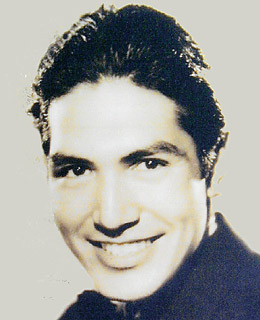
At 16, Mala became the first Native American cinema star from Alaska when he appeared in a 1921 film about the largely unexplored territory (He also worked as a cameraman on the film, a skill that helped him land his first job in Hollywood). Mala would eventually become the state's most prolific thespian, appearing in more than 25 films, including Eskimo/Mala the Magnificent (1933), which won the Academy's first editing Oscar, The Last of the Pagans (1935), a film written by Mia Farrow's father, and Cecil B. DeMille's Union Pacific (1939). In 1943, he worked on the set of Alfred Hitchcock's Shadow of a Doubt as a cinematographer and died nine years later in Hollywood, at the age of 46.